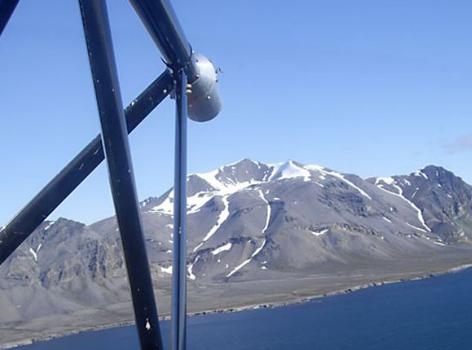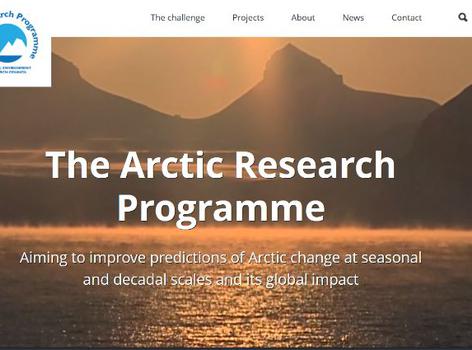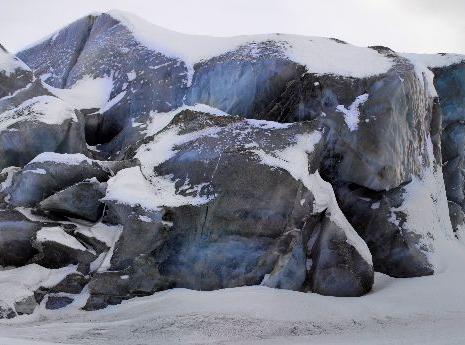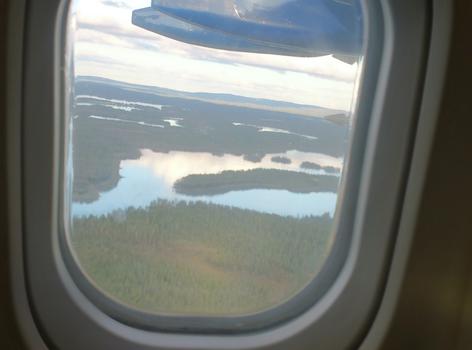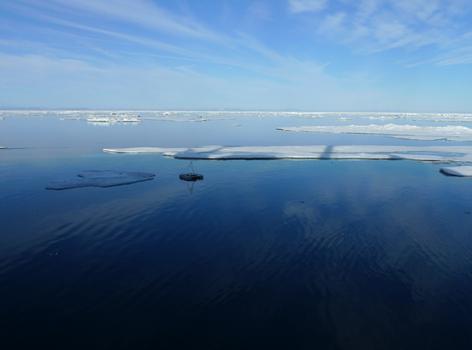Aerosol cloud coupling and climate interactions in the Arctic (ACCACIA)
Climate models designed to predict change over the next century tend to produce a wider range of results in the Arctic than anywhere else. One of the largest sources of this uncertainty is our poor understanding of cloud and aerosol processes in the region.
Over most of the world, low clouds lead to surface cooling because their bright colour causes more sunlight to be reflected. Over the Arctic, however, the presence of bright sea ice means that this effect has very little impact. Instead, the greenhouse effect of water droplets in low clouds trapping infrared radiation below them becomes dominant, causing overall warming. This is rarely accounted for in global climate models, which tend to represent cloud properties based on observations from lower latitudes.
ACCACIA
A better understanding of cloud and aerosol processes in the Arctic is critical to understanding the polar atmosphere and developing more realistic climate models.
Nord, Greenland
View our interactive mapTo collect data on the conditions above, below and within Arctic clouds, the ACCACIA team will collect data using both airplanes and ships based in the Svalbard archipelago near the margin of permanent Arctic sea ice cover. They will study fluxes of solar and infrared radiation above and below the clouds, the vertical structure of the low-level atmosphere and how aerosol concentration levels change with the seasons and with the extent of sea-ice cover.
The results from this research will inform not only cutting-edge modelling of the global climate system and predictions for future climatic change, but also more immediate weather forecasts for mid-to-high-latitude locations such as the UK. After all, while the Arctic may seem far removed from the UK, the changes that occur there have noticeable repercussions in far lower latitudes.
For details on the Meteorological Airborne Science INstrumentation (MASIN) equipment flown on the British Antarctic Survey Twin Otter VPF-AZ for several field campaigns, including ACCACIA, click here. The MASIN site also contains flight data information.
For more on the FAAM aircraft used in the ACCACIA missions click here.
You can follow the ACCACIA project via their blog as well as on Twitter under @_ACCACIA_.
Image credits: British Antarctic Survey. Main image: BAS Twin Otter at Longyearbyen Airport; Carousel images: Sampling equipment on the BAe jet and BAS Twin Otter.
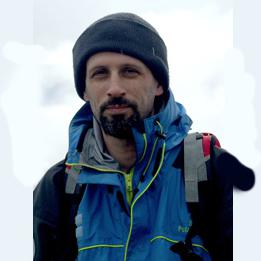
Dr Ian Brooks, Lead Investigator
Dr Ian Brooks is a Senior Lecturer at the School of Earth and Environment at the University of Leeds and a Fellow of the Royal Meteorological Society.
His research focusses on the atmosphere’s boundary layer, the lowest part of the atmosphere which is directly influenced by its proximity to and contact with the Earth’s surface. Within this field, the polar boundary layers are of particular interest to him.
Dr Brooks has undertaken fieldwork around the world, including the Persian Gulf and the South China Sea as well as the Arctic and Southern Oceans. More recently, he has also become increasingly involved with numerical modelling work, having come from a more experimental and observational background.
Besides ACCACIA, Dr Brooks is currently involved in a number of other projects including NERC-funded atmosphere-sea interaction projects WAGES and HiWinGS. These studies examine the exchange of gases such as carbon dioxide between the sea and atmosphere at high wind speeds, where the breaking of waves and production of bubbles become relevant. In addition to the ACCACIA fieldwork blog, he also maintains a personal blog, FrictionVelocity.




